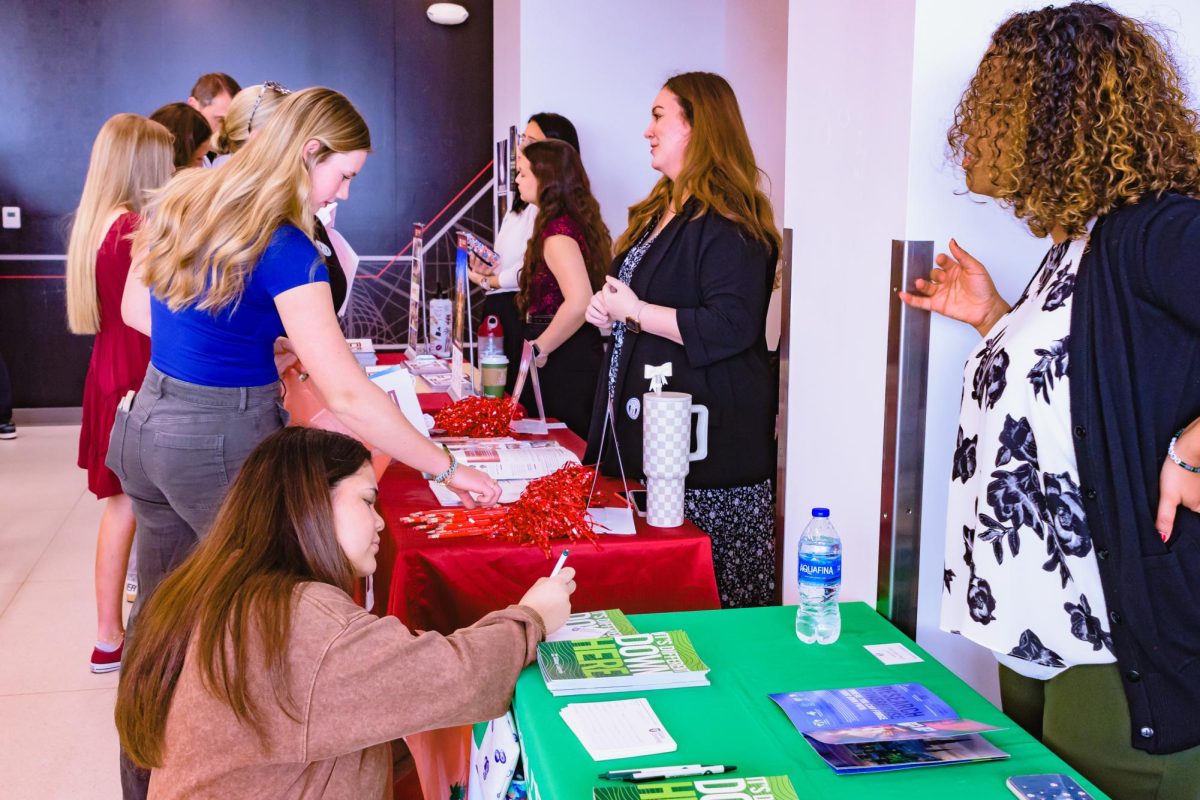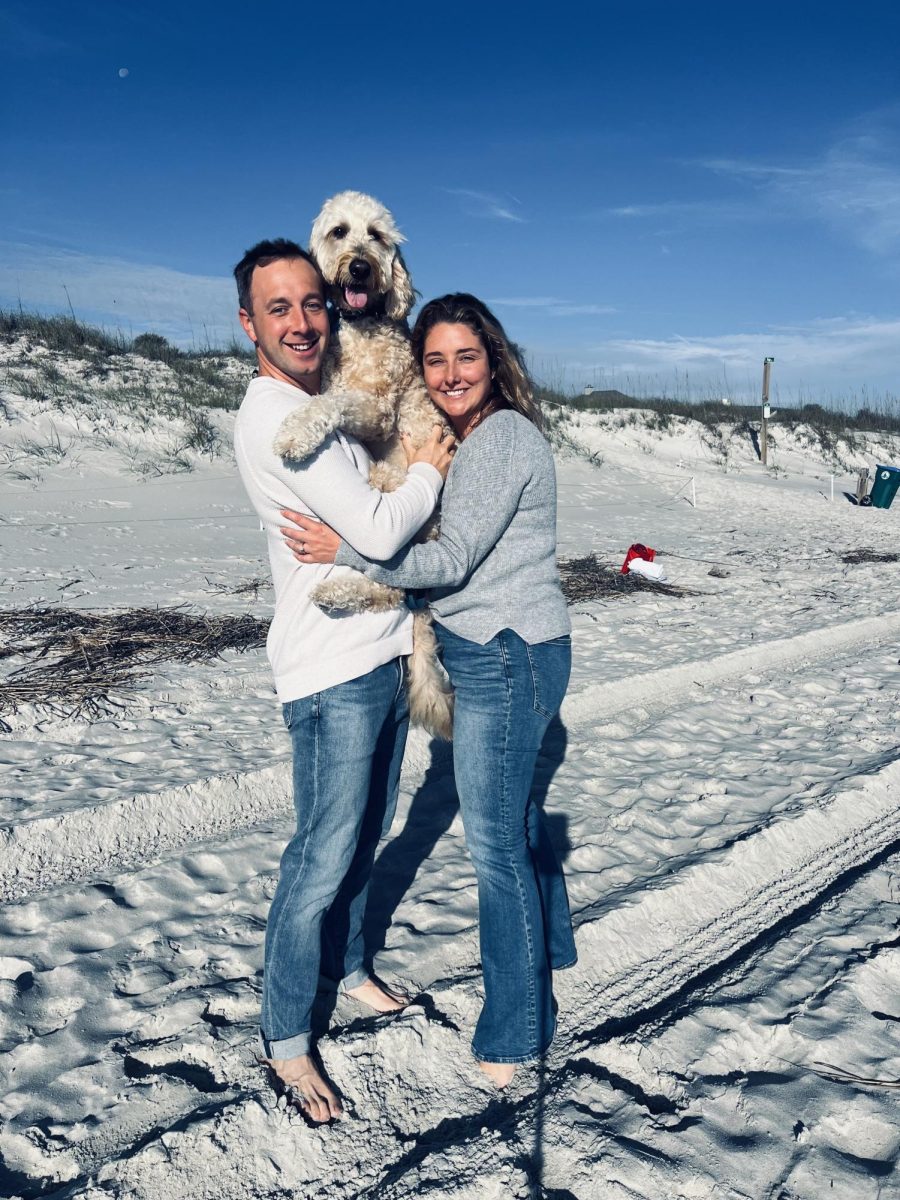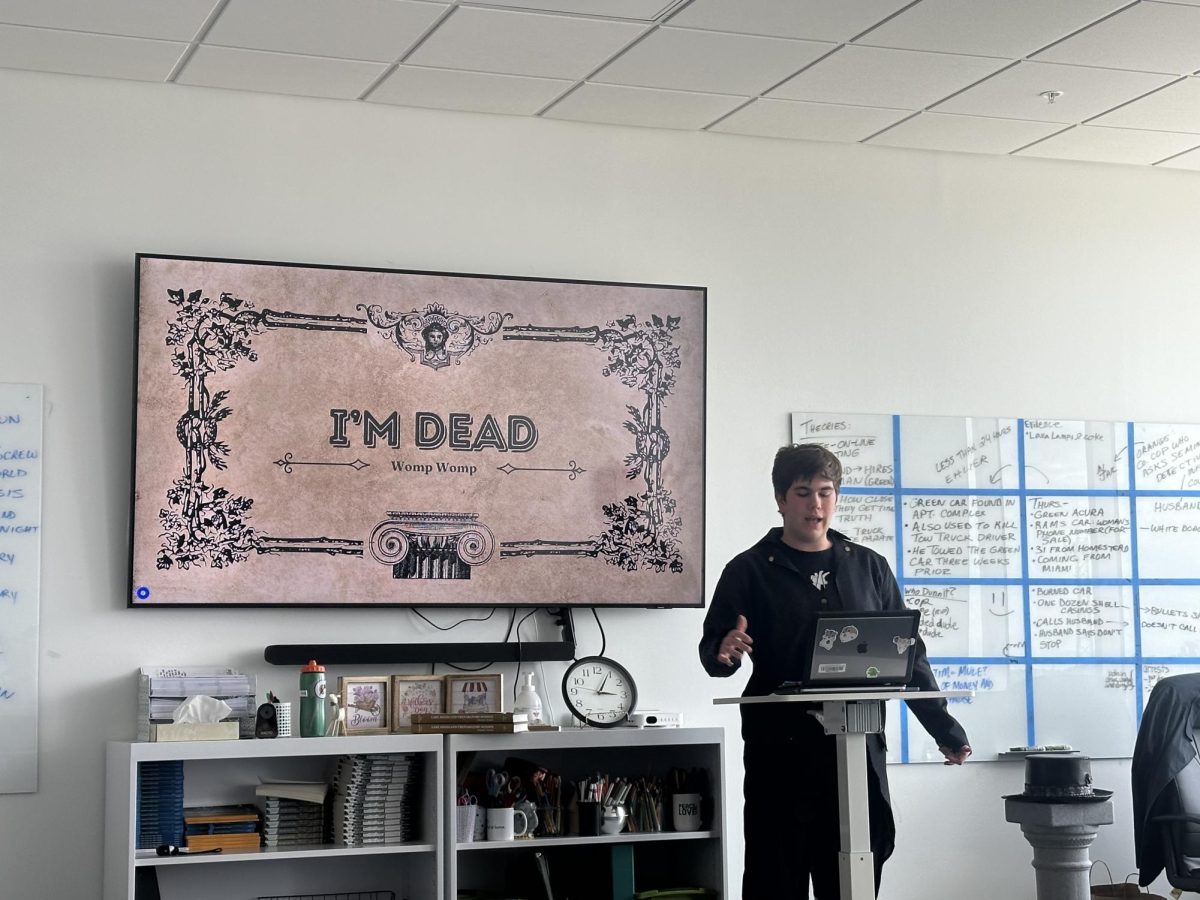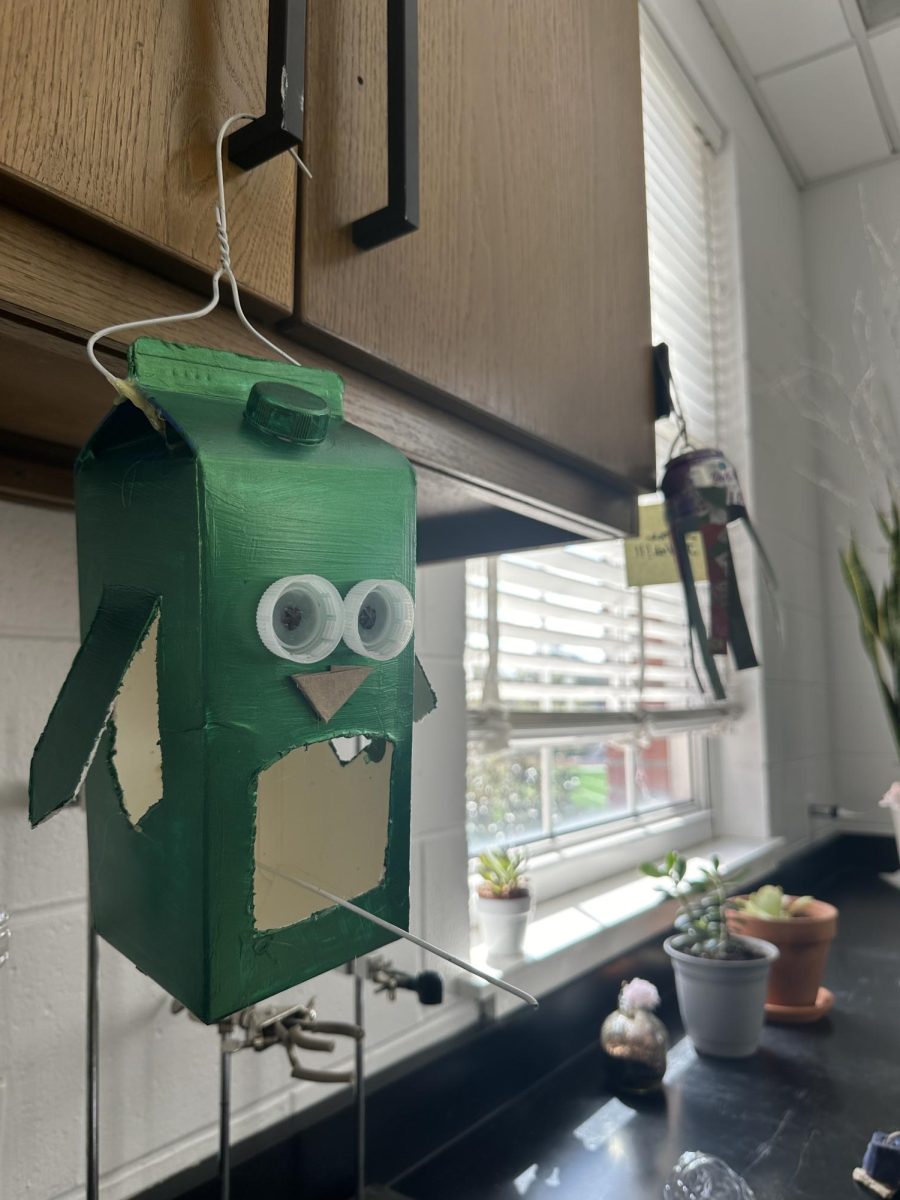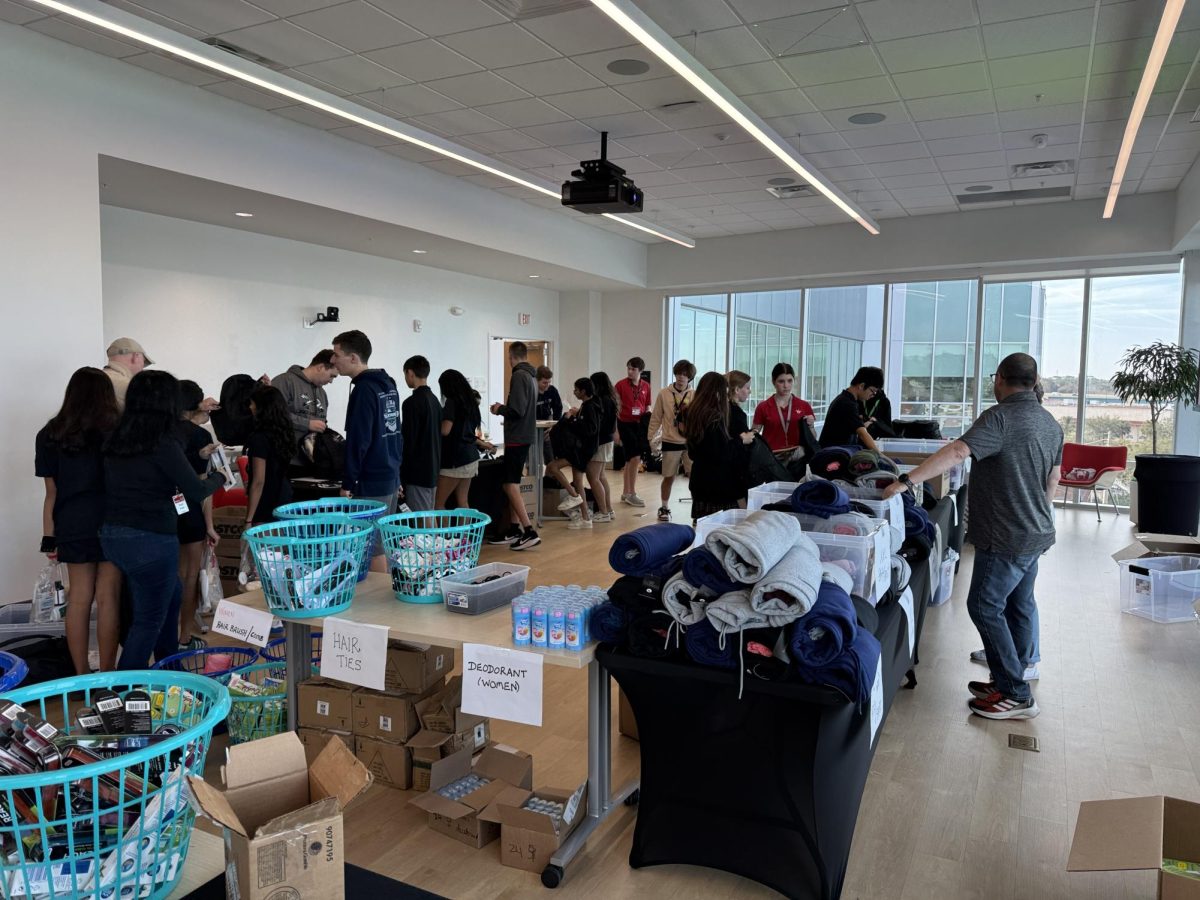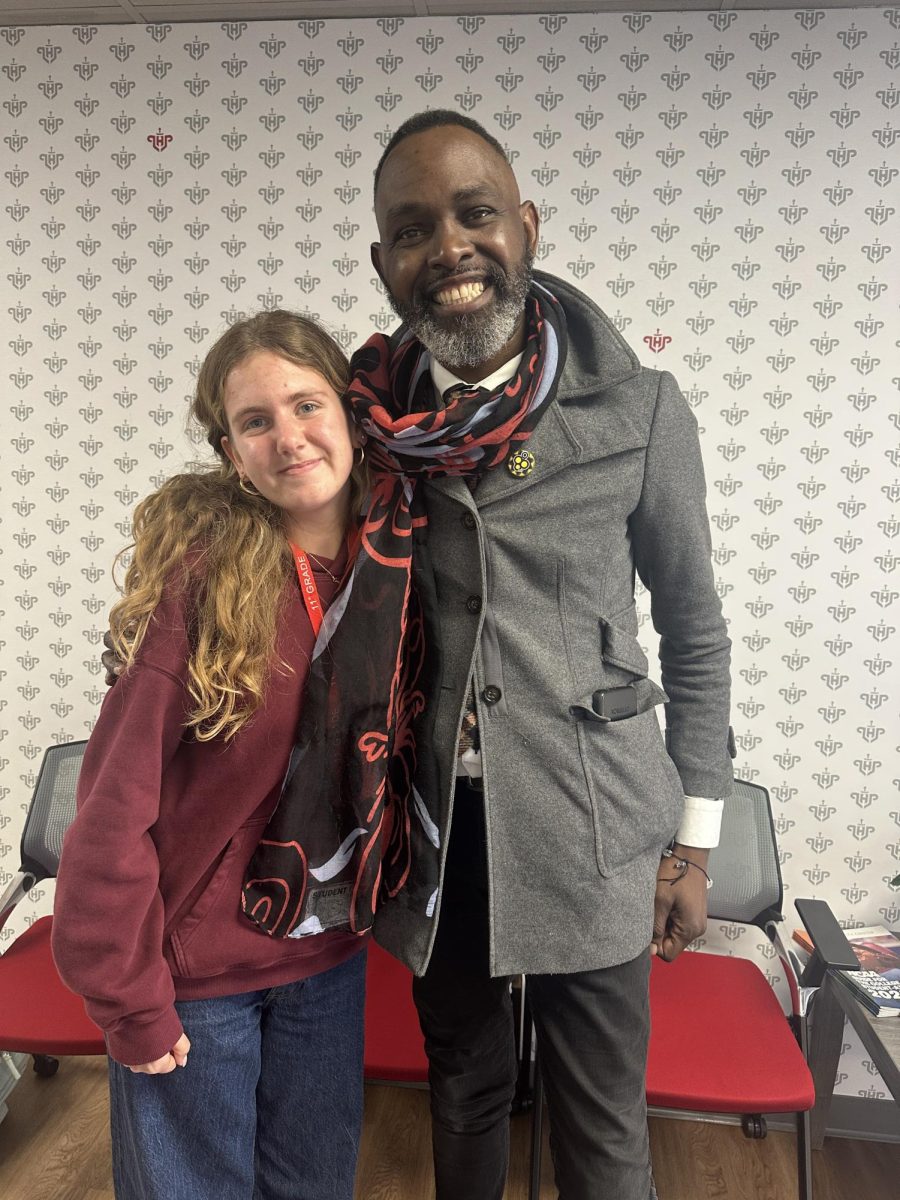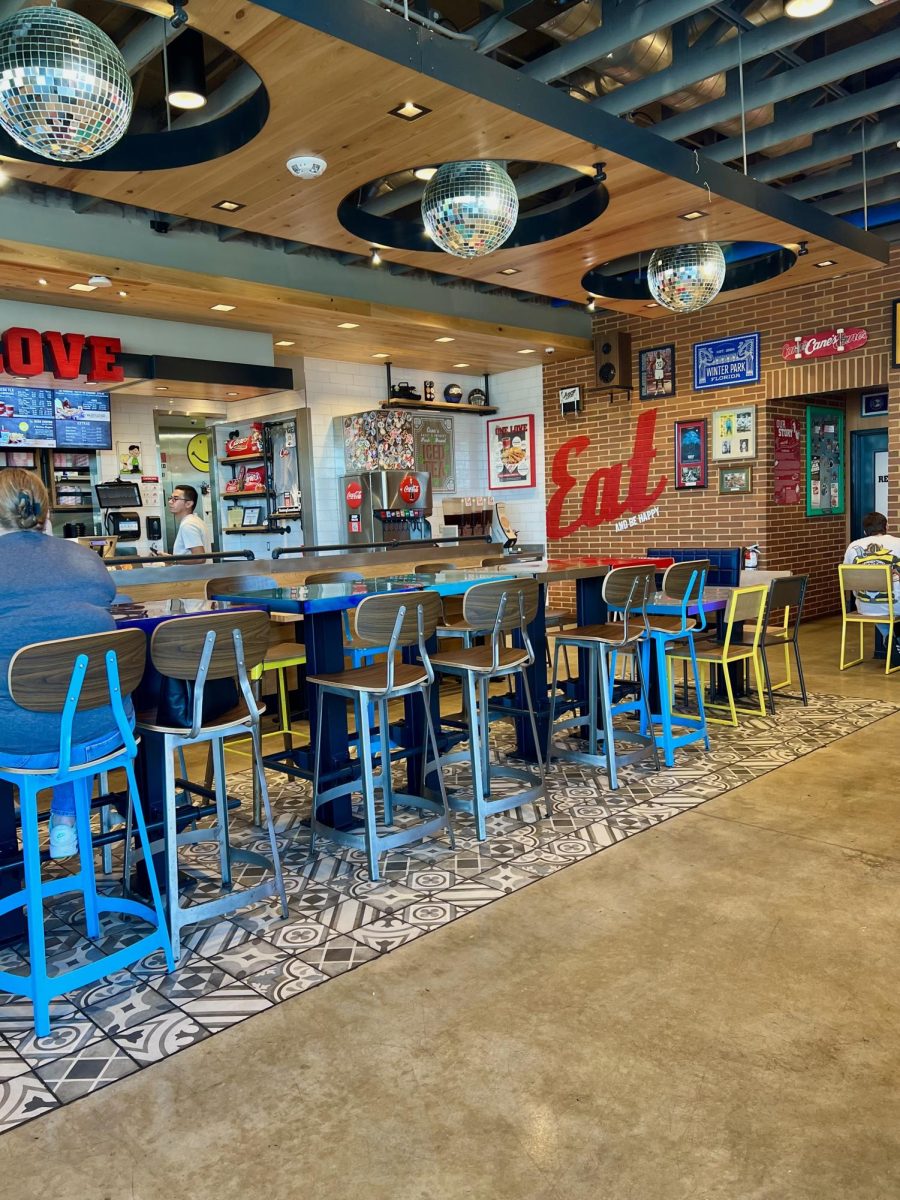“Adopt Don’t Shop” Becomes the Law
October 26, 2022
On June 21, Orange County officials voted to ban the sale of dogs, cats, and rabbits. This occurred after increasing pressure from animal rights groups such as Best Friends and other Florida cities that have already passed the ordinance, such as Casselberry and Miami. In a worldwide attempt to end commercial breeders, or, “Puppy mills,” who use sub-standard breeding techniques similar to chicken farms, local governments have begun to cut the product line at the consumer. For consumers, this means that they can either buy a dog from a backyard breeder or their local shelter, which cities and animal rights groups are endorsing.
The biggest reason why people buy dogs from pet stores is that they want a purebred. The owner of Petland, an Orlando pet store that closed after the ordinance, said shelters are limited be- cause the dogs, “Are often pit-bull mixes with unknown backgrounds.” Not only does this statement raise issues about, “Bully breed” discrimina- tion, but it is simply false. According to the Humane Society, 25% of animals that end up in shelters are purebred. While they may be harder to find, purebred pups are stuck in shelters too. Even more so, many local rescues that take in pets from high-kill shelters specialize in certain breeds. Safe Harbor Lab Rescue in Orlando only takes in Labradors, and Sunshine Corgi Rescue only takes in Corgis.
Most importantly, however, what Orange County and animal rights groups are trying to advocate through the ordinance is adopting mixed breeds. Because the majority of dogs in shelters are mutts, they remain the ones who get euthanized the most.
The stigma surrounding mutts, such as them not being trainable and looking like street beggars (essentially the plot of Lady and the Tramp), results in low adoption rates. By promoting shelters through the ordinance, people, primarily the lower and middle class who can not always afford a backyard-bred puppy, are forced to re-examine just how much they want a certain breed and the benefits of adoption.
Additionally, in the defense of mixed breeds, they are truly the best breed. Like the royal families of the seventeenth century, many purebred dogs in pet stores are inbred. This results in genetic health issues, and even if the dog is not purebred, mutts have superior health due to a larger gene pool. Training mixed breeds comes easier as well. In 2006, Aberdeen University conducted intelligence tests on mutts and purebreds, resulting in the conclusion that mutts are smarter because of genetic diversity. From an aesthetic standpoint, mutts are just as cute. Mixed breeds come in all shapes and sizes, catering to the families’ needs,
and they all share the same adorable puppy-dog eyes.
Still, the main reason why the Orange County ordinance passed was to put puppy mills out of business. Puppy mills exist for the sole purpose of profit, housing over 10 dogs in a single cage and continuing to in- breed dogs despite their compromised health until the mother is unable to breed any longer. These mills often reside in remote areas where they can not be tracked down by
officials or customers who buy their dogs at pet stores. The ordinance now redirects customers to shelters that otherwise would have to euthanize 51% of dogs due to limited resources according to American Humane. Adopting one animal from a shelter saves two lives, as it opens up a space for another animal. Orange County’s ban on
animal stores, though a long time coming, puts animals before profit.
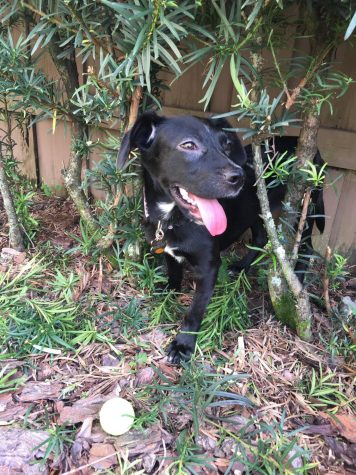
adopted our first dog, Nali, four years ago. Hair was
missing around her eyes, her bones popped out due to
malnourishment, and she was scared of everything. Res-
cue dogs take a bit longer to get acclimated to new
homes. They often have overcome past trauma to ful-
ly trust their new owners. Photo by Delaney Bolstein. (Photo by Delaney Bolstein.)
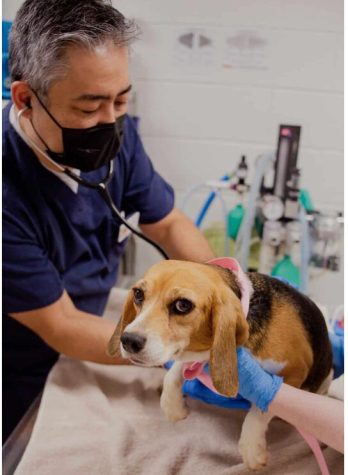

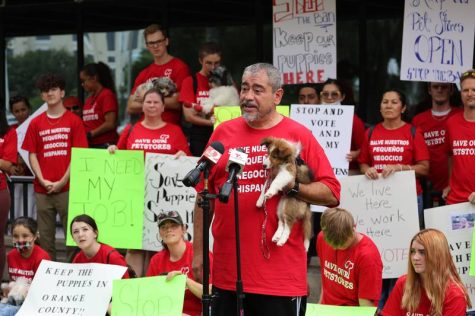

back by local businesses. Photo by Delaney Bolstein. (Photo by Delaney Bolstein.)





